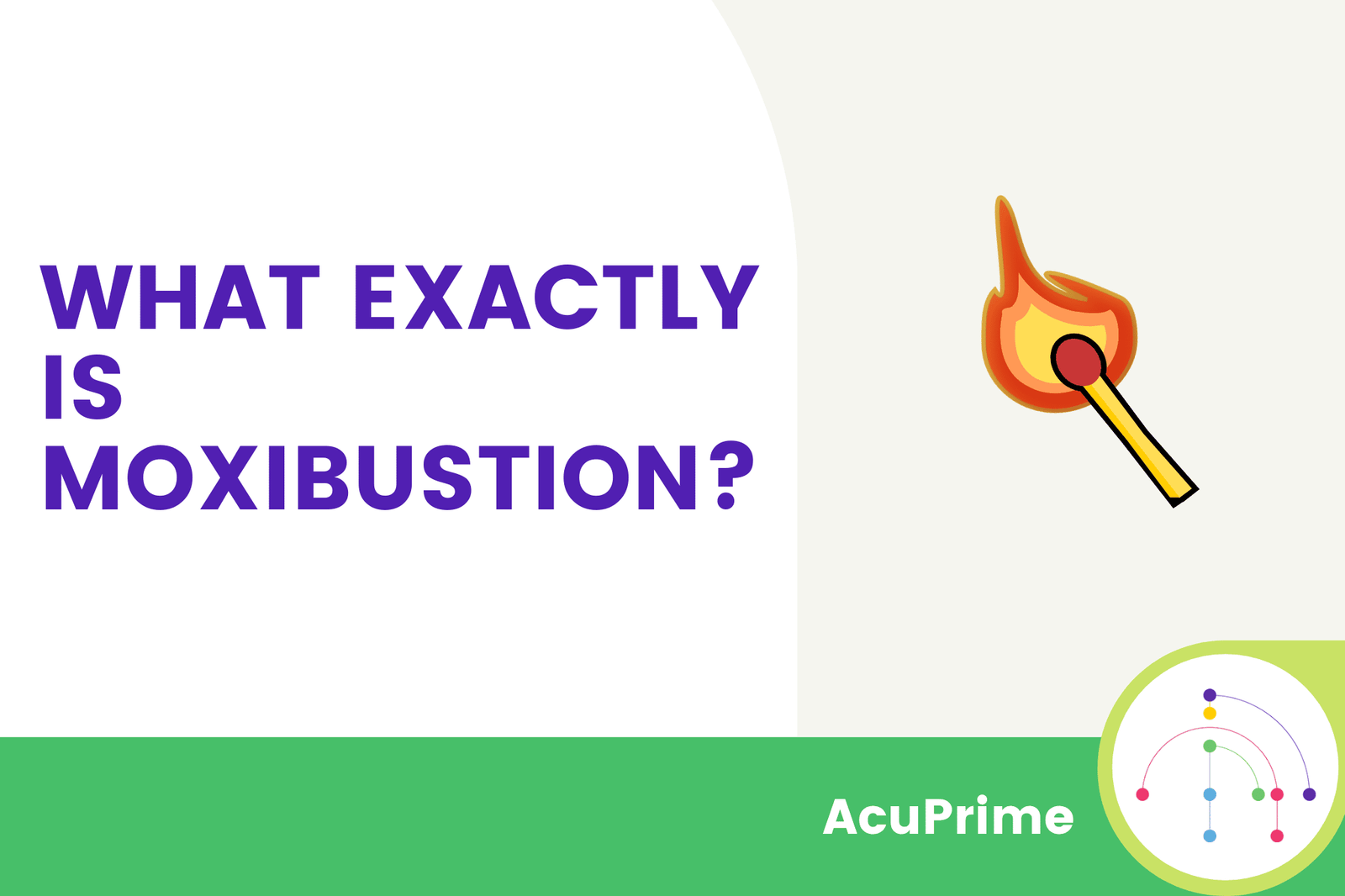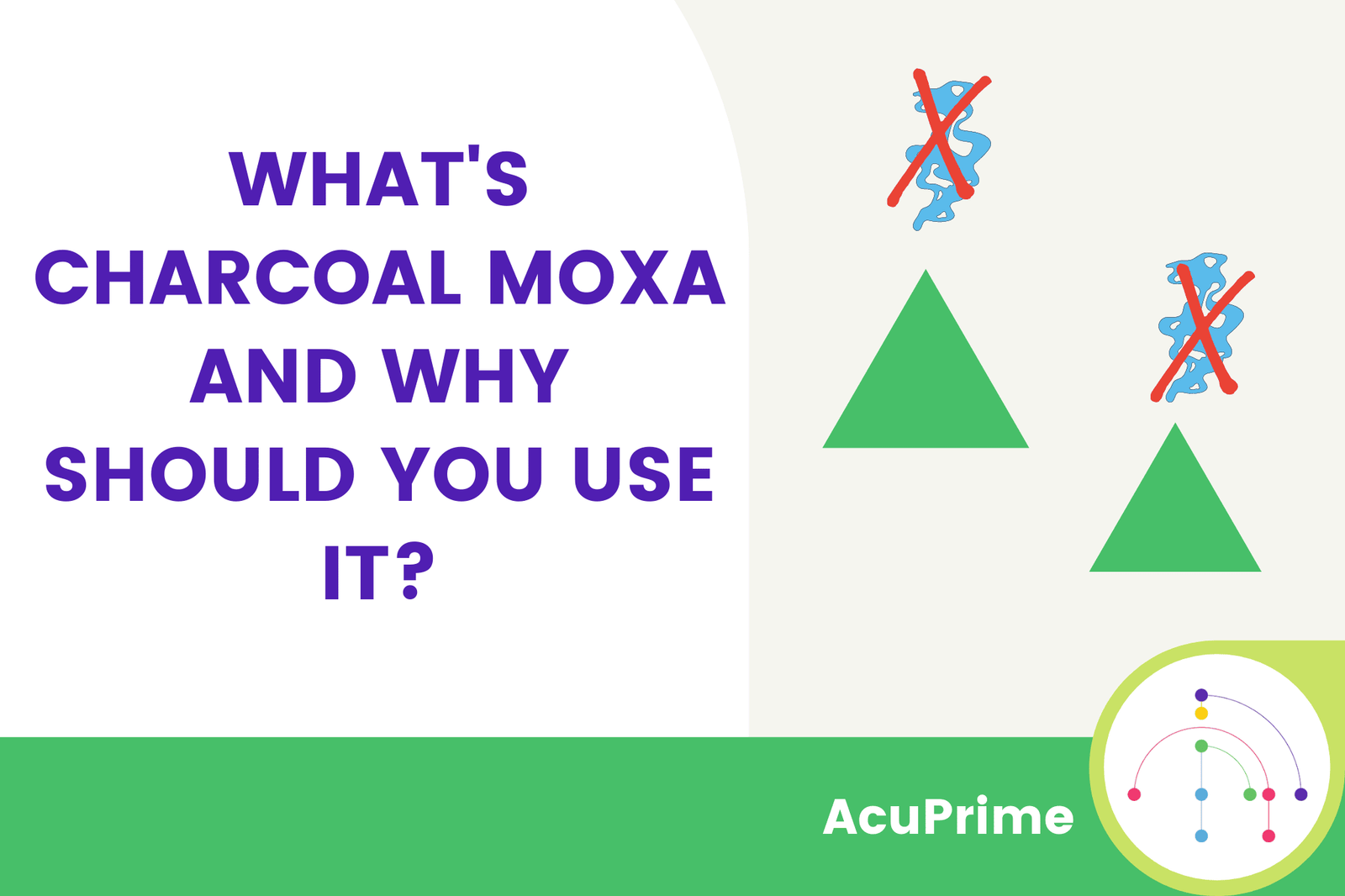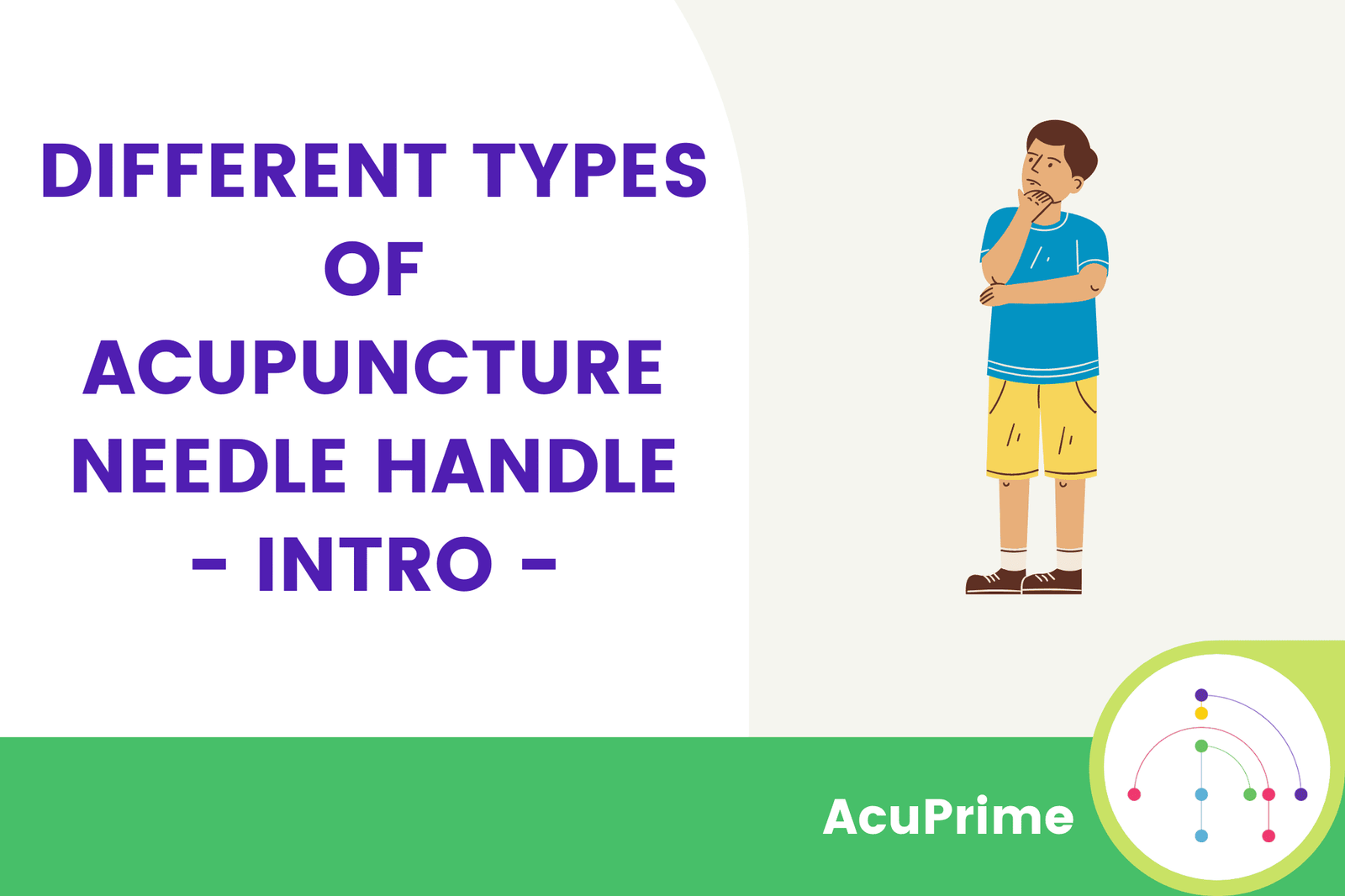Ever got confused about that weird incense you might’ve seen advertised with acupuncture?
It’s called moxa and it’s not just used for the faint smell of marijuana.
The Basics
Moxa is the dried variant of the plant mugwort. It’s known often as Japanese or Chinese mugwort or Ai Ye in Chinese medicine. Frequently used in conjunction with acupuncture, moxa is a holistic therapy whose purpose is to improve the flow of Qi.
Moxibustion is the act of burning moxa through either direct or indirect means and using it to create heat – often along the body’s meridian channels. It’s this heat that is the foundation of moxa’s healing power.
What’s moxibustion used for?
A type of traditional Chinese medicine, moxibustion follows the concept of meridian lines in the body, through which Qi is said to flow.
Qi is your life force and when it flows incorrectly or is blocked, all manner of things go awry.
The earliest recorded mention of moxibustion was around 580 BC in China and it has been a major part of Chinese medicine ever since.
While burning moxa has been used to treat hundreds of conditions and complex diseases, some of its uses are more common than others. These include treatment for digestive issues, gynaecological problems and pain management. Osteoarthritis and soft tissue injuries are also commonly treated with moxibustion.
How does Moxibustion work?
Just like acupuncture, moxibustion works by stimulating the acupoints it’s deliberately applied to. Moxa is either applied directly, or indirectly including via an acupuncture needle.
Focusing on eradicating excess cold, moxibustion aims partly to rebalance the point’s temperature which promotes the flow of Qi.
Traditional Chinese Medicine views the body as a whole, rather than focusing on acute areas. It is believed that when something is wrong, it’s due to a an imbalance or blockage of Qi rather than a specific issue.
Types of Moxibustion
Direct – Direct moxibustion means that the mugwort is put directly only skin and set alight. The moxa is usually in the form of a cone which is burnt down and removed before it burns out entirely. There is a risk of burning with direct moxibustion and while some times it can be deliberate, it’s one of the reasons that more and more practitioners are using the indirect method.
Indirect – Indirect moxibustion means that the moxa is burnt near the skin to create heat but the moxa is not directly touching the skin. This minimises the risk of burning. It’s also often used with acupuncture needles where the needle has moxa placed on it and is insert into the acupoint.
Is there any evidence to back up moxibustion?
Mugwort is a emmenagogue, that is, a herb that stimulates menstrual flow. In moxibustion, not only is it used to relieve delayed menstruation, but also to increase blood flow to other areas of the body in order to promote healing.
It’s hard to state definitively the extent to which moxibustion works. This is mainly because the studies that have been undertaken were small, not often randomised double-blinded and many contained significant bias.
That said, there’s plenty of anecdotal evidence around and it’s still an extremely popular form of alternative therapy not just in Korea and China but also in the Western world. Twinned with acupuncture in physiotherapy clinics, moxibustion is used internationally to treat more and more conditions.
What does Moxa smell like?
Moxa, frankly, smells like marijuana.
Which can be a problem for some people because you don’t necessarily want to walk out of your moxibustion session smelling like you’re as high as a kite. Many Western practitioners these days use smokeless moxa which lacks the strong smell although some users believe it’s less effective.
Where can I go for a Moxibustion session?
Typically, moxibustion is offered by trained acupuncturists and it’s important to go to a professional until you are confident with some at-home techniques. Always make sure your acupuncturist is part of a professional body such as the British Acupuncture Council.








